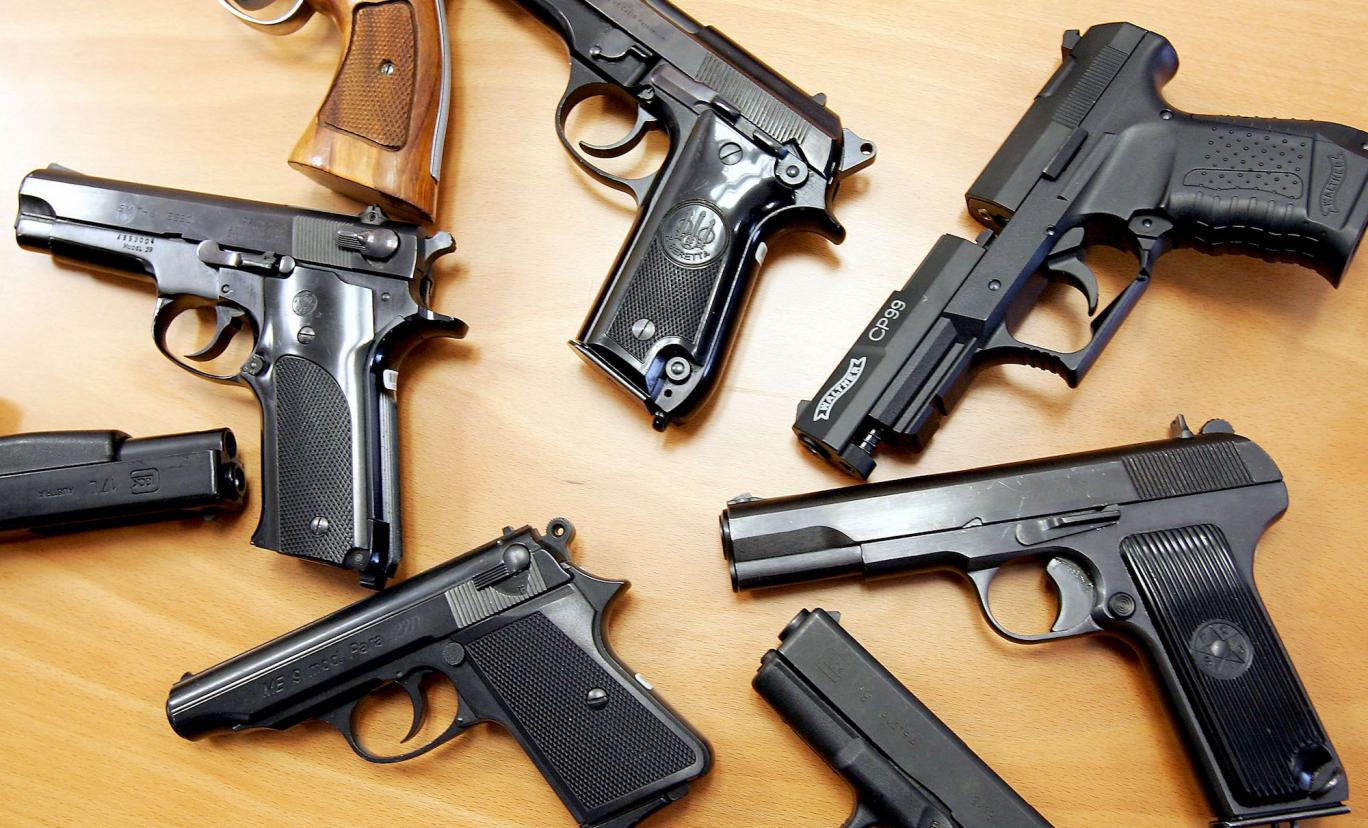Global arms trade
February 22, 2017 | Expert Insights
Despite lack-luster performance of the global economy, why is arms trade so promising?
On 21 Feb 2017, data released by the Stockholm International Peace Research Institute (SIPRI), shed fresh light on the international arms market. SIPRI examines arms trade in five-year increments; the latest increment being 2012-16. SIPRI data measures the volumes of arms trades, rather than financial value of deals.
Who were the big customers between 2012-16?
Data from the last increment suggests that international arms trade, has reached a quarter-century high. The previous highest trade recorded by SIPRI, was from the increment just preceding the Cold War, in the late 80s. In the latest data, the flow of arms has shown increases to Asia and Middle East, while there have been decreases to Europe, Americas and Africa. India, remains the largest importer of arms in the world; with Russia being its largest supplier. In the Middle East, Saudi Arabia and Qatar are major importers with US and Europe being the main suppliers.
Who are the Big Five Suppliers?
Most arms sales come from the same five nations; US, Russia, China, France and Germany, which collectively accounts for 74% of the volume of exports. US, the world’s largest supplier of arms, provides to more than 100 countries around the world. The major items of export from the US are fighter aircraft, cruise missiles, precision guided munitions and missile air-defence systems.
How Big is the Global Arms market?
In 2015, US was the largest customer for military and weapons technology, with total expenditure exceeding US$ 600 billion. In the same year, international arms deals were estimated at US$ 371 billion. The five biggest arms companies, all US-based, are Lockheed Martin, Boeing, BAE Systems, Raytheon and Northrop Grumman. A summary of their performance in 2015, is indicated in the table below.
| Name of Company | Sales in US$ billions | Profit in US$ billions | Employees | Remarks |
| Northrop Grumman | 20 | 2 | 65,000 | Recently won US$ 80B contract for Long-range strike bombers for the US |
| Raytheon | 22 | 2.1 | 61,000 | Missile defence and Cyber security |
| BAE Systems | 26 | 1.5 | 82,500 | US and UK are major clients |
| Boeing | 28 | 5 | 161,400 | B-52 bomber, Apache helicopter |
| Lockheed Martin | 36 | 3.7 | 1,26,000 | F-16, F-35 and Black Hawk |
Which are Important Prospective Deals?
In 2016, India scaled down the contract for 126 Rafael fighter aircraft to 36. The IAF still requires a mainstay fighter to replace the ageing Mig-21. The Indian Navy has recently floated a global tender for an aircraft carrier capable fighter aircraft. Russia has recently produced a new tank called the Armata T-14; reportedly still under development and testing. The Armata is the first Russian tank prototype, since the fall of the Soviet Union. Reportedly, both China and India have shown interest in the equipment. After sanctions were lifted from Iran, Tehran has indicated an interest in purchasing US$ 10 billion worth arms, including the Russian T-90 tank.
Assessment
In 1991, we witnessed the disintegration of the USSR. At that time, it was difficult to imagine that a superpower, which had dominated the world since the end of the 2nd World War, could just decline. In retrospection, it was nothing short of amazing that the Cold War between the champions of Capitalism and Communism, was won without firing a single shot! We are now witnessing the decline of another superpower. It is unlikely that USA will disintegrate the way the former USSR did. However, mounting debit, declining revenues, increasing employment and the dampened spirit of business enterprise, indicated a shift in economic activity from the West to the East. President Donald Trump has already indicated that the US is reluctant to continue bearing disproportionate share of NATO expenditure. However, many European nations are also unwilling to raise their defence expenditure. Even if NATO survives, its role and capabilities are expected to be curtailed. Countries in the Middle East, South East and Oceania are aware that in the absence of the assured US security umbrella, it is prudent to invest in self-defense. Hence the increase in defence expenditure in Middle East, South Asia, SE Asia and Oceania.
It is also a matter of concern that even after 70 years of Independence and four wars, India remains so dependent on arms imports. If our scientists can make us proud of our space achievements and our software engineers can build us the reputation of an Information superpower, we have the capacity to replicate those achievements, in arms manufacture, as well. The challenges we face in defence production are man-made ones and we need to release our potential from within.


